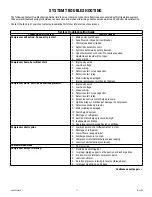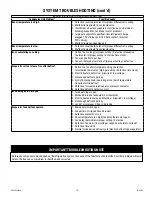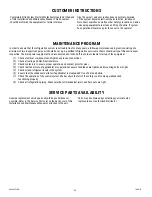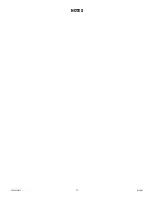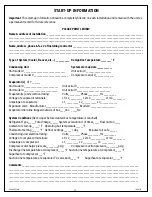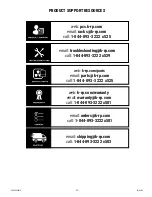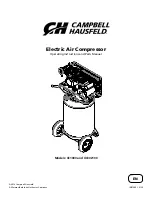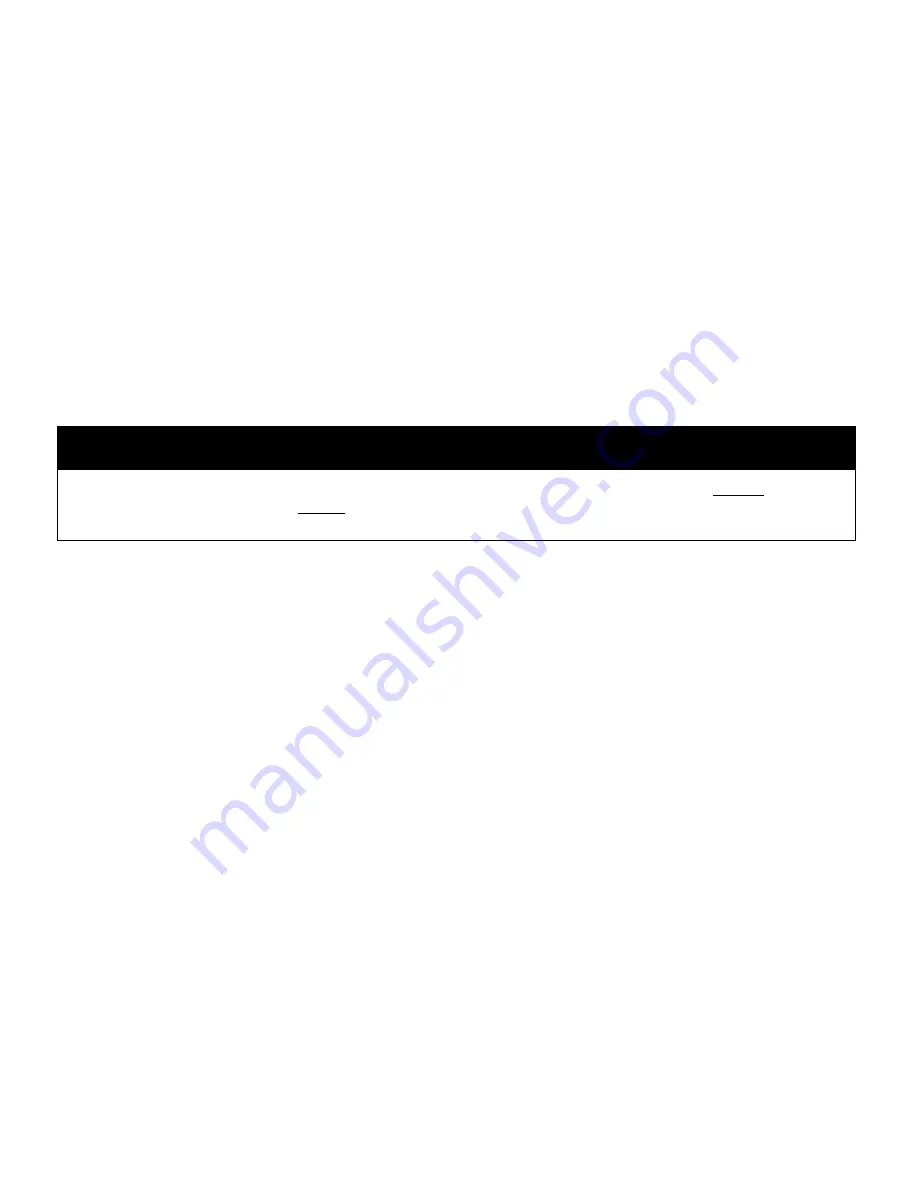
K90-KPCS-IM-2
18/04/22
- 10 -
LINE INSULATION
After the final system leak test is complete, it is important that
all refrigerant lines exposed to high ambient conditions must be
insulated to reduce the heat pick-up and prevent the formation
of flash gas in the liquid lines. Suction lines should be insulated
with 3/4 inch wall insulation, Armstrong “Armaflex” or equal.
To prevent rupture due to condensate re-freezing, all
suction
vibration
eliminators on low temperature systems
MUST BE
COMPLETELY INSULATED
. Liquid lines exposed to high ambient
temperatures should be insulated with 1/2 inch wall insulation
or better. Any insulation that is to be located in an outdoor
environment should be protected from UV exposure to prevent
deterioration of the insulating value.
REFRIGERANT CHARGING
Condensing units must be charged only with the refrigerant for
which they were designed. The type of refrigerant to be used is
specified on the name plate of the unit. Installing a liquid line
drier between the service gauge and the liquid service port when
charging a unit will ensure the refrigerant supplied to the system
is clean and dry. This is especially important when charging a
low temperature system. Blend type refrigerants (400 series,
i.e. R404A)
must not be vapor charged
unless the cylinder is
completely emptied into the system.
Weigh the refrigerant drum before and after charging in order to
keep an accurate record of the weight of refrigerant put into the
system.
Overcharging a system can result in poor system performance, personal injury and / or compressor damage.
DO NOT
charge strictly
by the holding capacity of the receiver.
DO NOT
assume that bubbles in a sight glass, when located at the condensing unit, indicates
the system is undercharged.
IMPORTANT REFRIGERANT CHARGING NOTE
Note:
To estimate the total system requirement, refer to the
manufacturer’s evaporator and condensing unit specifications on
typical operating charges and include the amount for the liquid
lines. Allow an extra 10% to 15% safety factor.
Break the vacuum by charging liquid refrigerant into the receiver
side only.
If charging to the “bubble” method (observing liquid line sight
glass), always use a sight glass located directly before the TXV
(thermostatic expansion valve) for the final indicator.
On units that use an adjustable flooded condenser pressure-
regulating valve, the controls should be re-adjusted to the
following pressures:
185 psig
(1377 kPa)
for R-22
200 psig
(1480 kPa)
for R-404A
Refer to manufacturer’s installation instructions for further
details.

















